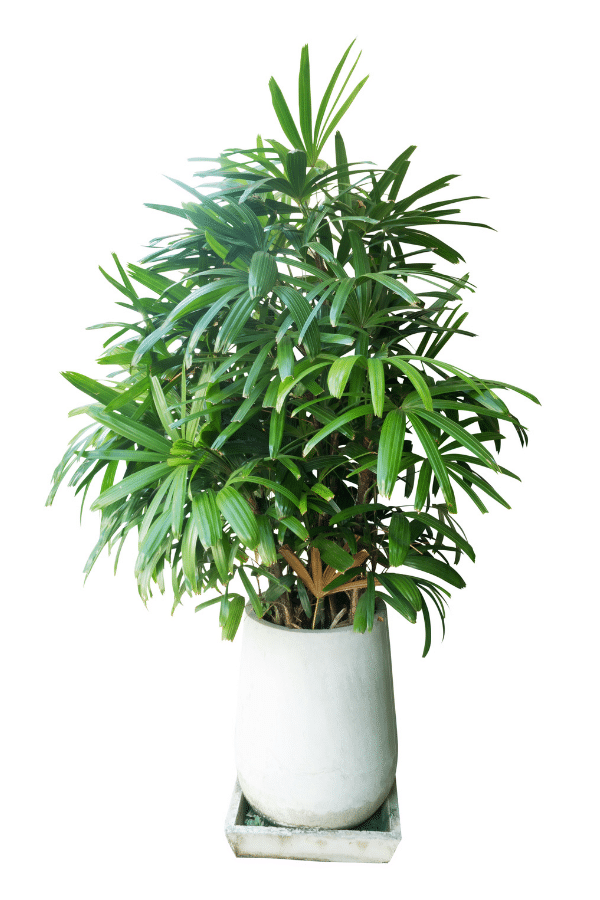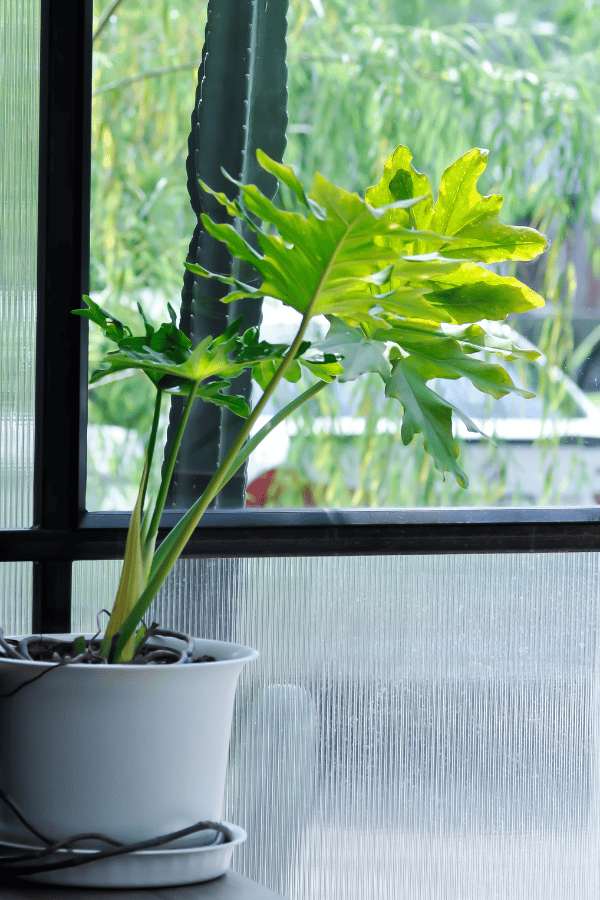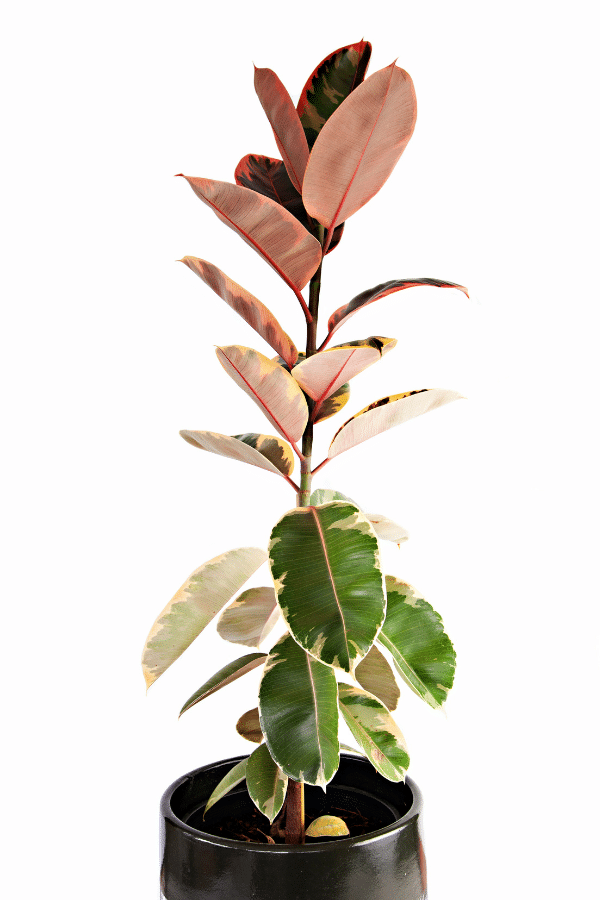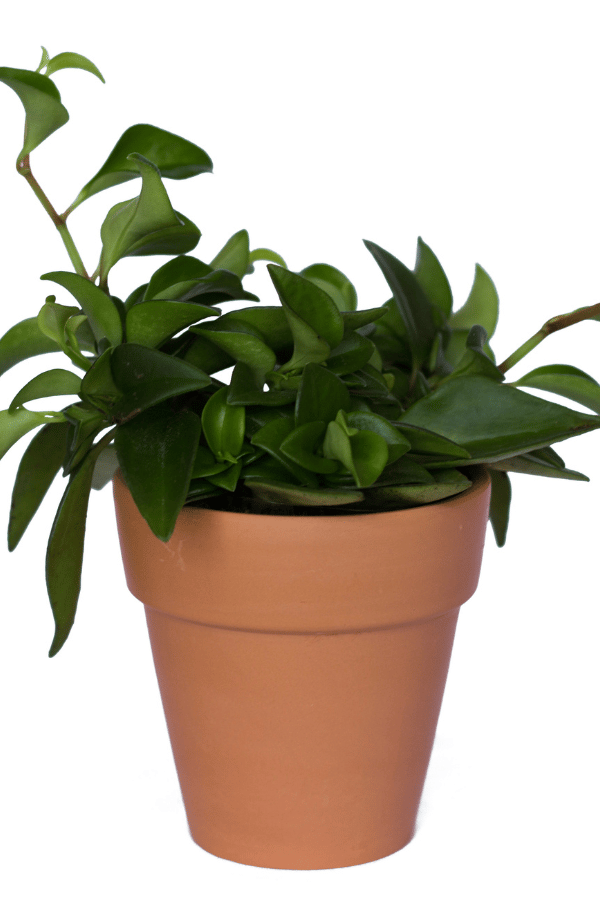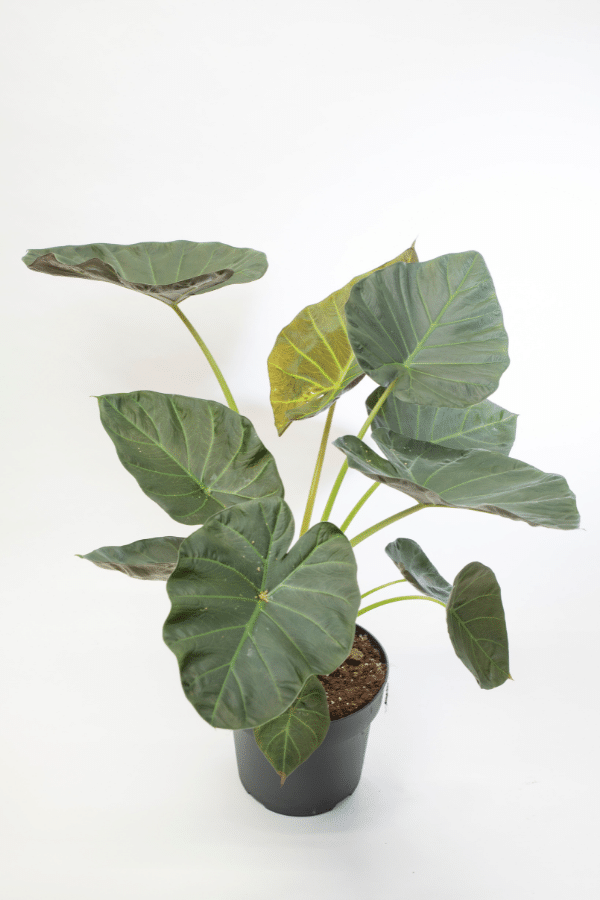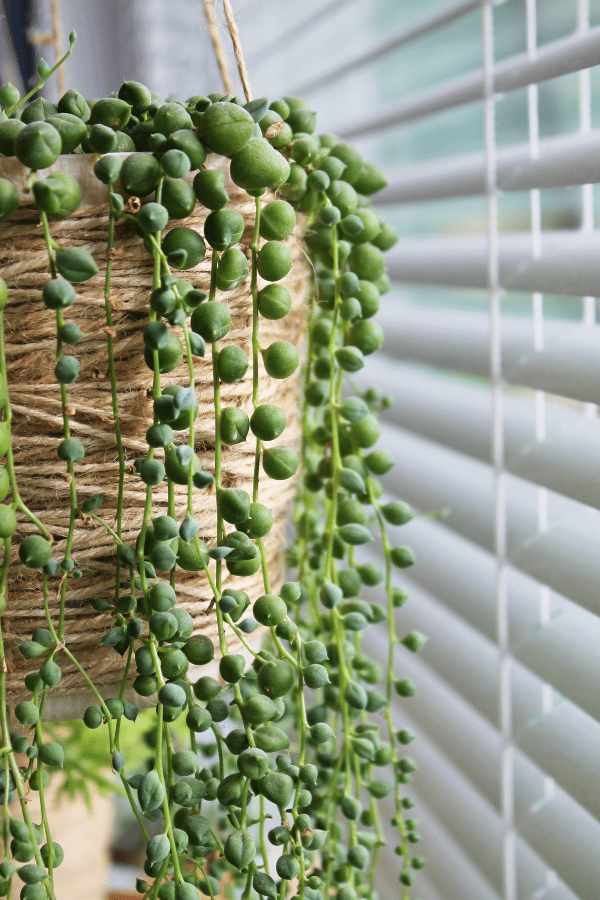Foxtail Palm
Scientific Name: Wodyetia Bifurcata
Common Name: Foxtail Palm
Foxtail palm has distinct feather-like leaves with a smooth trunk. Coming from Australia, this palm tree has been picked out of its natural environment and is now being grown and taken care of as houseplants. There are a few foxtail palm care items you need to know in order to grow a successful palm.
Quick Care Overview
| Common Name | Foxtail Palm |
| Scientific Name | Wodyetia Bifurcata |
| Family | Arecaceae |
| Origin | Australia |
| Identification | Feather-like palm fronds with smooth grey trunk |
| Height | up to 30 feet tall |
| Soil | 2:1 potting mix with vermiculite and peat moss |
| Water | Keep relatively moist |
| Temperature | 65-85F |
| Sunlight | Bright sunlight |
| Toxic to Cats & Dogs | Yes |
| Toxic to Humans | Yes |
| Pests | Ambrosia beetles, banana moth, mealybugs, whitefly |
| Diseases | Leaf spot, leaf light, Ganoderma butt rot, diamond scale, fusarium wilt |
Below we will dive deep into how to care for Foxtail Palm.
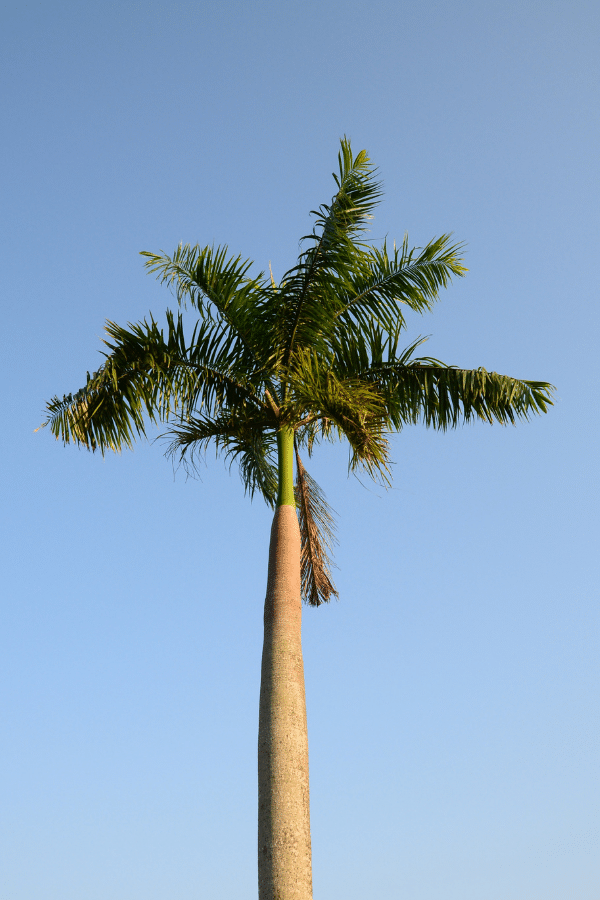
Foxtail Palm History
Australian native, Wodyetia Bifurcata, commonly known as the Foxtail Palm, is a gorgeous, quick-growing palm with striking foliage. Durable and tolerant of various conditions, this drought-tolerant palm is a fabulous tropical beauty to grow indoors in a container. Named after the name of the Australian aborigine that brought this palm to the world’s attention in 1978, “Wodyetia”, the species name Fifurcata translates to “twice divided,” which is reflective of the arrangement of its fruit’s fibers.
Foxtail Palm Identification
With feather-like, pinnate Palm fronds resembling the tail of a fox, this fun evergreen tree has a smooth solitary grey trunk and a smooth green crown shaft. The crown shaft is three feet tall and is blue-green in color.
Foxtail Palm Growth Facts
Quick-growing and having a unique appearance, this mid-sized palm is a great focal point to add to a sunlit room to bring an instant tropical feeling.
How Big Does a Foxtail Palm Get?
This is a mid-sized Palm that are fast growers and can grow upwards of 30 feet tall with a 15-foot spread as a houseplant and may reach up to 50 feet in its natural environment.

Foxtail Palm Care
Foxtail Palm care is easy if given the correct environment for it to thrive. While these are beautiful palms to grow in large planters and may be kept indoors, many individuals decide to transplant outside after it has grown to reach the ceiling if living in the correct hardiness zone.
Searching for a new houseplant?
Take our houseplant quiz to see what your next plant should be based on the room it’s in, the specific lighting the room receives, if you want it on the floor or on the table, and much more!
Best Soil for Foxtail Palm
A standard potting mix with 2:1 incorporation of both vermiculite and peat moss or coco coir will give this palm the perfect well-aerated growing medium.
Foxtail Palm Fertilizer
Foxtail Palms should be regularly fertilized during the warm growing season. Select a slow-release fertilizer rich in micronutrients for palm trees. Make approximately 2-4 applications annually throughout the spring and summer, following all label instructions. Do not fertilize in winter.
Foxtail Palm Watering
Wodyetia Bifurcata prefers to have consistently moist soil. Therefore, this plant should not be allowed to dry out between watering. Water approximately twice weekly during the warm growing season, depending on growing conditions. In winter, watering may be reduced to 2-3 times monthly.
Foxtail Palm Light Requirements
This large tree adores the sun and should receive lots of sunlight. A large southern-facing window, sunroom, or greenhouse is the best location for this plant. The foxtail palm does not tolerate low light and requires 80-90% full sunlight.
Foxtail Palm Temperature & Humidity
The Foxtail Palm enjoys high temperatures and should not be allowed to reach temperatures below 60F, as this will significantly stress the plant. Optimal growing conditions are between 65 to 85F. Being a tropical plant, they enjoy above-average humidity and will love added humidity, such as from a humidifier, when grown as an indoor plant.
Repotting Foxtail Palm
The Foxtail Palm tree is very sensitive to being repotted therefore it does not need to be repotted very often. To reduce shock, keep the rootball well saturated for several days before repotting. Repot in the springtime and pick a planter that is one to three inches larger in diameter than its current pot. Next, remove the palm and save as much soil around the roots as possible. Ensure that cavity for the root ball is around twice the size of the rootball. Next, place the Foxtail Palm in the hole and tamp down the soil. Water thoroughly and ensure there are no air pockets. Place in indirect light if possible for a few days to establish the plant before returning to full sun to prevent damage to the palm tree.
Foxtail Palm Maintenance & Pruning
Pruning of the Foxtail Palm is not required. This tree is self-cleaning and drops leaves naturally when needed. Additionally, it is important to note that this palm must not be pruned by removing top growth to reduce height, as damaging the center of the crown will cause significant damage and may result in death of the Palm.

Propagating Foxtail Palm
You can propagate Foxtail Palm by seeds. Plant a couple of seeds in loose, sandy soil in a 6-12” pot. Ensure that the seeds are separated and not touching when plated. Cover the pot with a plastic dome or bag to trap in humidity to aid in germination and place on a heat mat set to 85-95F. Germination occurs in three to six months. After sprouting and your seeds have become several inches tall, they may be repotted into a larger container.
Foxtail Palm Toxicity
The Foxtail Palm is toxic to humans, cats, and dogs and should not be ingested. Keep out of reach of children and household pets.
Toxicity to Humans
Unlike other palms, Wodyetia Bifurcata is toxic to humans. Ingestion of plant parts such as leaves, fruit, or seeds may cause vomiting, digestive upset, and other ailments. The fruits of the foxtail palm are poisonous and should not be ingested.
Toxicity to Cats & Dogs
Foxtail Palm fruit, leaves, and seeds are considered toxic to pets and should never be consumed, as it may be fatal. If ingestion of any part of this plant is suspected, immediately contact your veterinarian.
Foxtail Palm Problems
Foxtail Palm Leaves Turning Yellow
This Palm tree is self-cleaning, and leaves will naturally turn yellow and drop. However, yellowing fronds that last for several days may signify mineral deficiency, indicating that fertilization is needed. Follow the recommended Foxtail Palm fertilization in the above section.
Foxtail Palm Leaves Turning Brown
Foxtail Palm brown tips with yellowish fronts may be due to a manganese deficiency known as frizzle top. This is likely an indicator that fertilization is needed. Browning of fronds may also be due to crown rot resulting from overwatering and poorly draining soil.
Foxtail Palm Diseases
Wodyetia Bifurcata is susceptible to several fungal diseases, including leaf spot, leaf light, Ganoderma butt rot, diamond scale, fusarium wilt, and more. Upon identifying a disease, isolate your plant, cut away infected fronds using sanitized shears, and treat with fungicide following all label instructions.
Foxtail Palm Pests
Foxtail Palms may be susceptible to damage from an array of pests including mealybugs, banana moth, whitefly, ambrosia beetles, and more. Upon identification of infestation, treat with a pesticide, following all label instructions.

